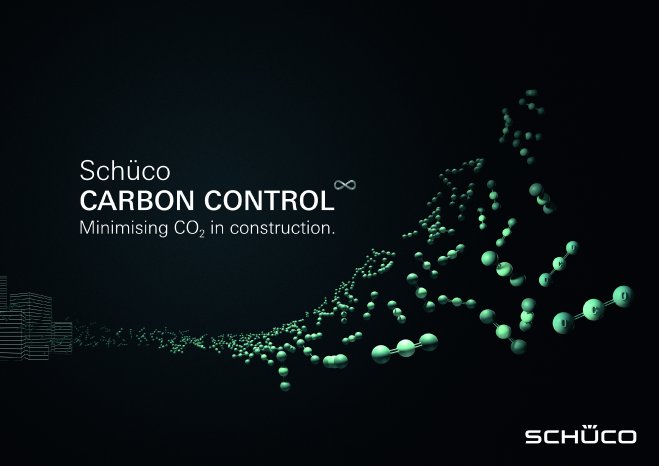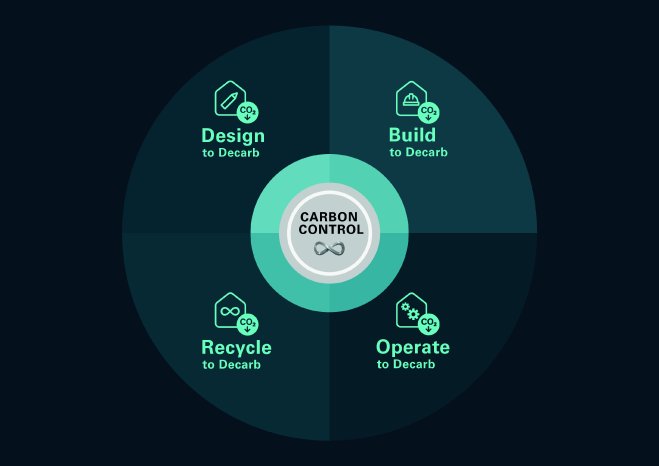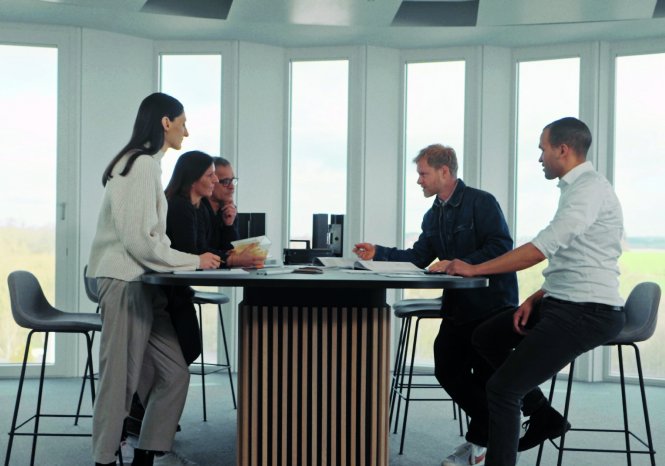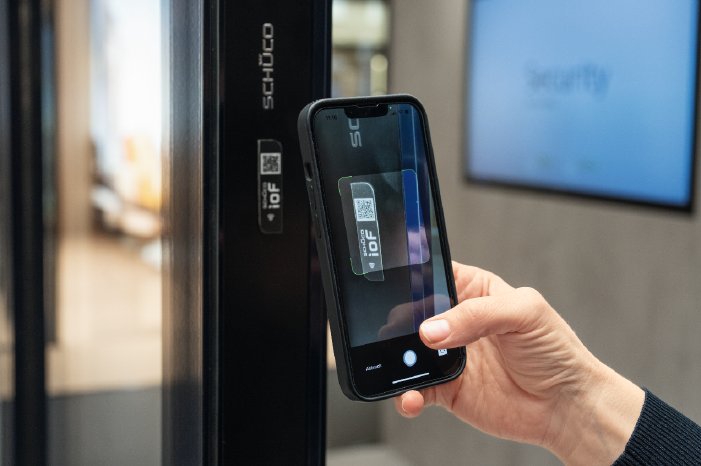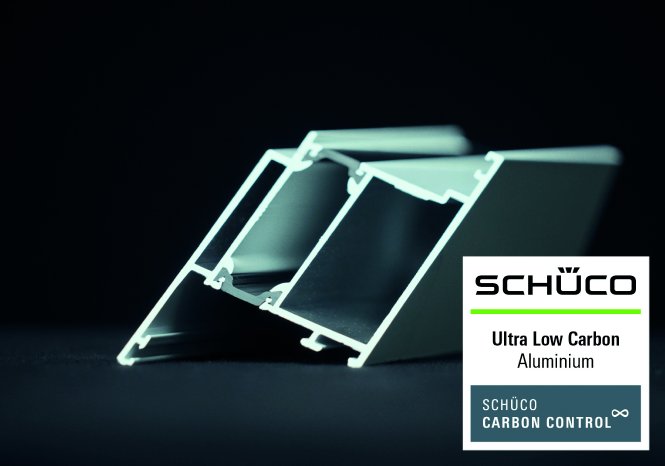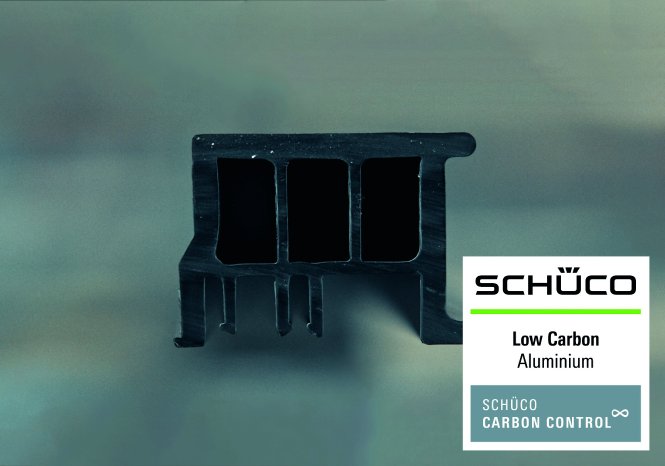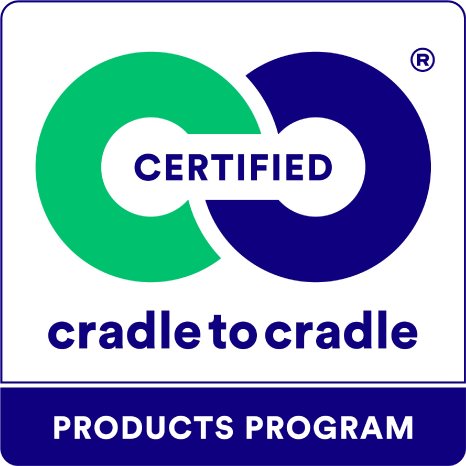The targets in Europe are ambitious. The aim of the "Fit for 55”-package of measures within the EU Commission's European Green Deal is for a 55% reduction in greenhouse gas emissions within the EU by 2030 compared to 1990, and for the EU to be climate neutral by 2050. The Federal Government of Germany has even enacted a reduction of 65% by 2030 in its Climate Change Act and greenhouse gas neutrality has been enshrined by 2045. The construction and use of buildings accounts for almost 40% of global greenhouse gas emissions. Aside from the transport sector, it is therefore likely that the construction industry will face the biggest challenges. Thanks to the modular Schüco Carbon Control range, the Bielefeld-based company now provides everyone involved in the construction process with a tool that makes it possible to manage the construction of climate-friendly building envelopes. As a result, buildings will remain future-proof investments that will still be able to comply with the legal requirements beyond 2030, 2045 and 2050. In future, the "lifecycle global warming potential" of a building, which is calculated by the GWP (Global Warming Potential) value, will be critical for it to retain its value in the long term. The GWP value is expressed as a CO2e value (which stands for CO2 equivalent) and results from the interaction between operational carbon emissions and embodied carbon emissions. Operational carbon emissions arise during the operation of a building, while embodied carbon emissions show how much CO2 is embodied in the materials used. The conservative use of material resources, building-integrated photovoltaics, intelligent building management systems or Cradle-to-Cradle-certified products can reduce overall emissions.
However, managing this process and complying with the complex regulations and certifications is difficult to reconcile with the situation faced by those involved in construction. It is becoming increasingly challenging for design offices and architectural firms to find their way through the mass of requirements and specifications, and fabricators are finding it difficult to meet the requirements of sustainable specifications to ensure that their company remains not only competitive but also future-proof.
Carbon control throughout every phase of a building's lifecycle
With Carbon Control, Schüco is offering a modular range of products and services over the entire lifecycle of a building, which enables the decarbonisation of façades to be monitored on a project-specific basis. Schüco Carbon Control is organised according to the four stages in the lifecycle of a building: planning, construction, operation and dismantling. In addition to the products and services offered by Schüco, it also includes project-specific advice and support provided by a team of Carbon Consultants, which will help architects, developers and fabricators to actively minimise the carbon footprint of the building envelope.
1 Planning: Design to Decarb
2 Construction: Build to Decarb
3 Operation: Operate to Decarb
4 Dismantling: Recycle to Decarb
Design to Decarb
The course for the subsequent CO2 balance of a building is already set as early as the design and planning stage. With a holistic approach in mind, that's why the Schüco Carbon Control range and accompanying support begins with investors, architects and specialist developers, because the shape of a building, the choice of materials and surface finishes, the unit sizes and the use of smart building technology can minimise the CO2e value as early as the planning stage. It is becoming increasingly common for investors and clients to strive for certificates such as LEED, BREAM or DGNB, which serve as proof that a building satisfies the sustainability criteria and therefore increase its value and attractiveness, while also helping to maintain this in the long term. Just like the GWP value, these building certificates take into account the entire lifecycle, which is why the later phases must also be factored in at the very beginning. In addition, the use of Cradle-to-Cradle-certified Schüco systems guarantees the harmlessness and circularity of the materials.
Build to Decarb
During the construction phase, Schüco Carbon Control enables fabricators to actively monitor the carbon footprint of the unit they are designing. As 3D calculation software, SchüCal constantly calculates and displays the carbon footprint as a CO2e value, making it the perfect tool for precise planning. SchüCal also allows the user to select their material. In addition to standard aluminium, there are the two new grades of aluminium: Low Carbon (LC) and Ultra Low Carbon (ULC) aluminium. The impact of using these new LC and ULC grades of aluminium can also be calculated. What's more, Schüco is continuously improving its management of sustainable packaging by setting up recycling systems and thus reducing the use of resources.
With Build to Decarb, Schüco is ensuring the long-term competitiveness of its partners while helping them to reduce their CO2 emissions.
Operate to Decarb
To achieve the perfect energy balance, Schüco also offers the right products and services that enable buildings to be operated in a highly efficient way with reduced CO2 emissions. Ranging from intelligent building management systems and highly thermally insulated building envelope units all the way through to the generation of energy by means of building-integrated photovoltaics, smart product solutions make a significant contribution to reducing CO2 emissions during the operating phase. Thanks to IoF ID (Internet of Façades), a tag attached to the window, door or façade unit that enables information about the product to be accessed digitally, maintenance and product upgrades can be planned and carried out efficiently. This ensures sustainable building operation in the long term and also extends the service life of the installed systems. Schüco, like many of its partners, also offers an after-sales service that carries out maintenance and retrofitting work. This ensures that the units retain their value and extends their service life.
Recycle to Decarb
Cradle to Cradle certifications ensure that the construction products used in buildings will become a raw material reserve for the future. The aim of this concept is that all the materials used in the system can be recycled and reused as new material at the end of their service life. This means that Cradle-to-Cradle-certified systems meet the requirements of the circular economy, to which so much importance has been attributed by politicians in the European Green Deal in order for climate neutrality to be achieved. When it comes to implementing the Cradle-to-Cradle principle in the construction sector, Schüco currently leads the way with over 60 certified aluminium systems. As a result, it is contributing to the long-term reduction of carbon emissions and conservation of resources. As a founding member of A|U|F, Schüco has been committed to the environmentally-friendly recycling and reuse of aluminium since 1995. Schüco PVC-U products also contribute towards the circular economy and reducing CO2 emissions. This has been confirmed by the award of the VinylPlus® product label, which Schüco was the first company in the industry to receive. To create a PVC-U material cycle, Schüco is offering its partner companies in the PVC-U sector an exclusive recycling service for old windows and profile offcuts from the window industry through its company RE:CORE.
In order to effectively use buildings as raw material reserves for the future, information is required as to where components and materials can be found in a building and what impact they have on the environment. This can be achieved with the help of the Madaster platform, the online registry for materials and products. This makes it easier to reuse the resources installed and is another step towards creating a circular construction industry.
Consultancy, solutions and services from a single source
Thanks to Schüco Carbon Control, the extensive Schüco range can be tailored to tackle the complex issue of decarbonisation. The modular range enables investors, architects and fabricators to actively monitor the CO2 value on a project-specific basis, thereby helping the construction industry to achieve climate neutrality.
For more information, visit www.schueco-carbon-control.com
